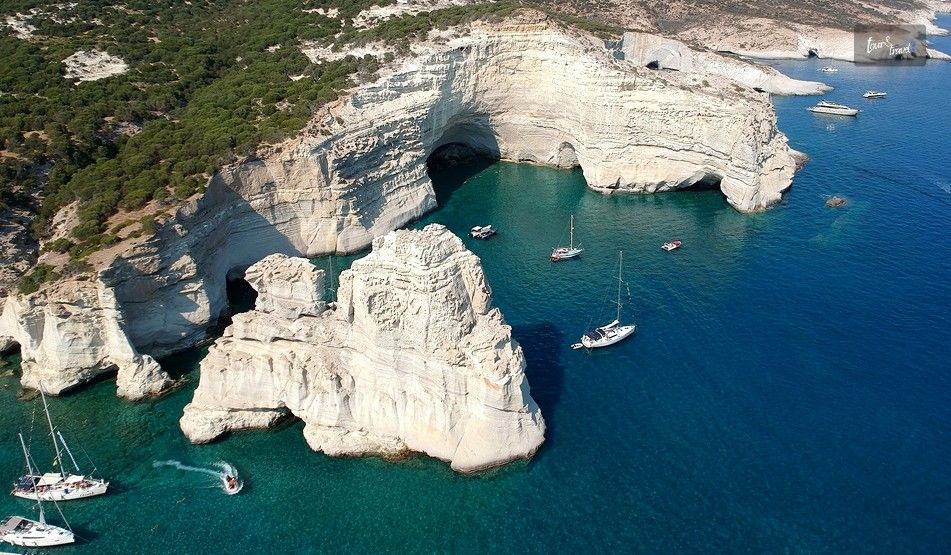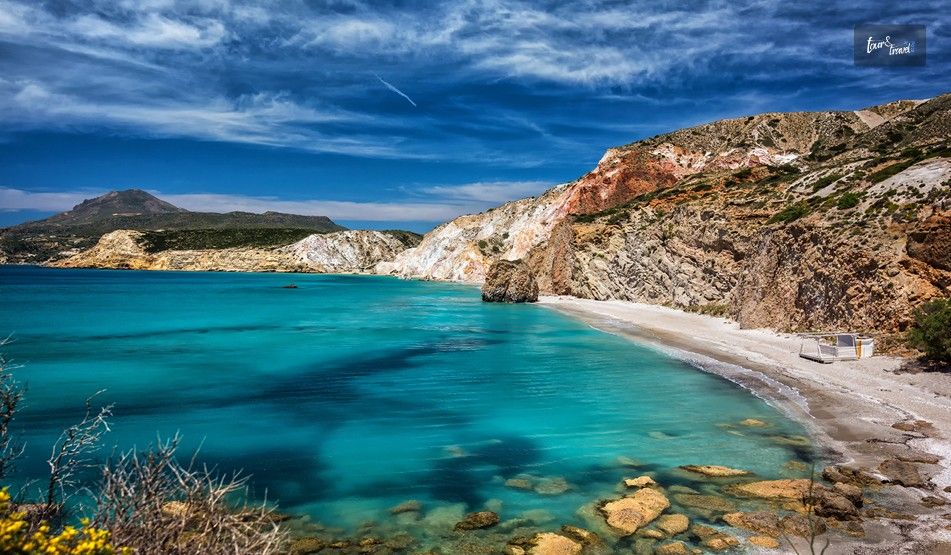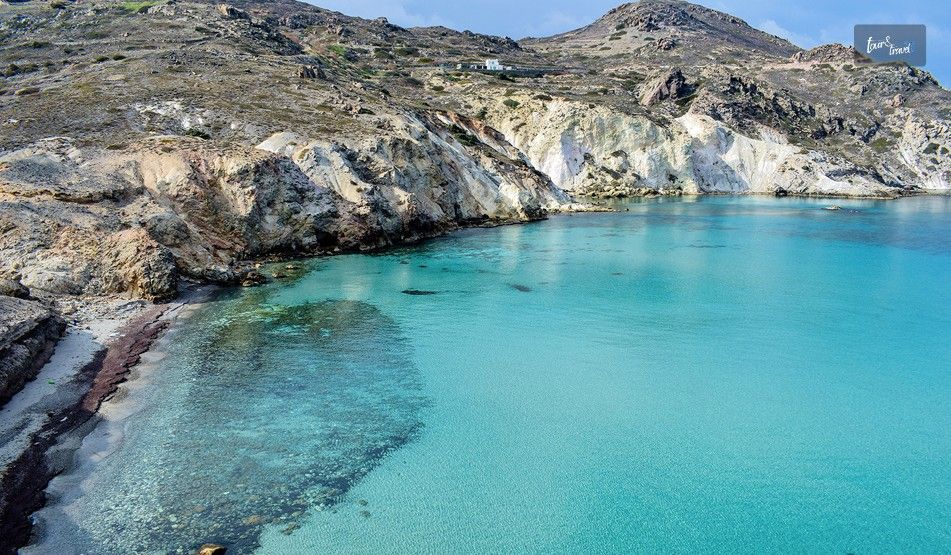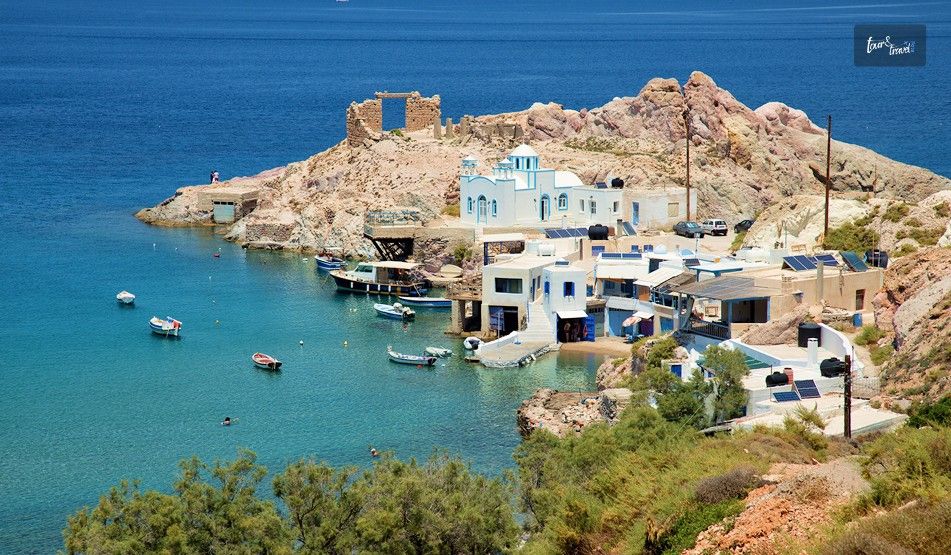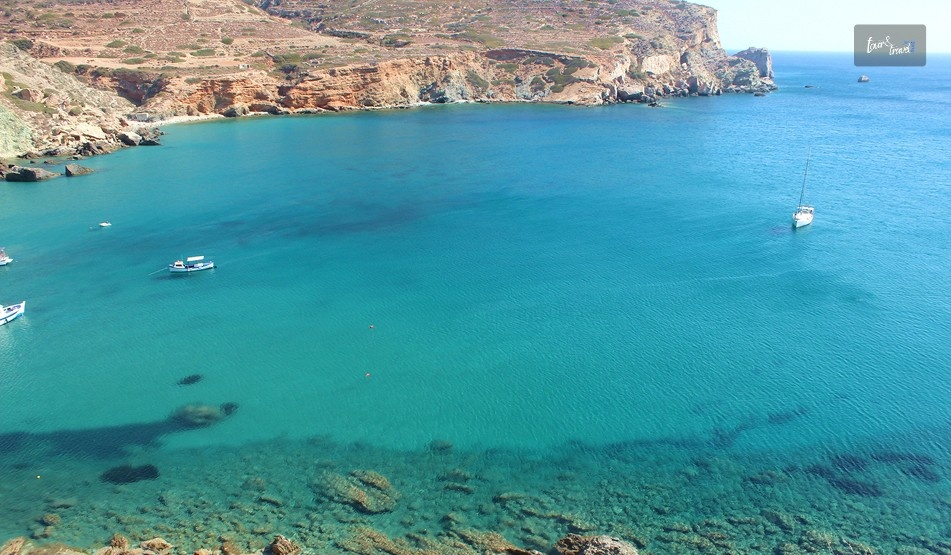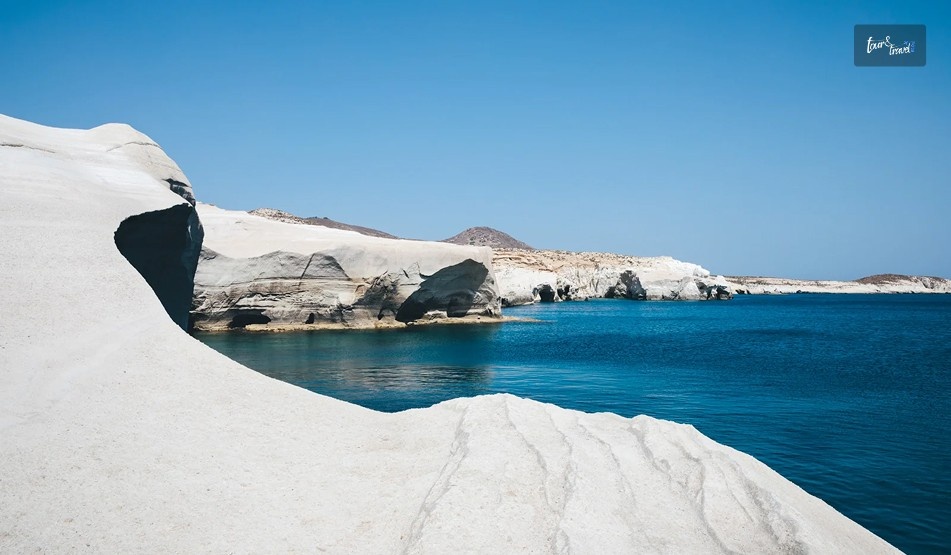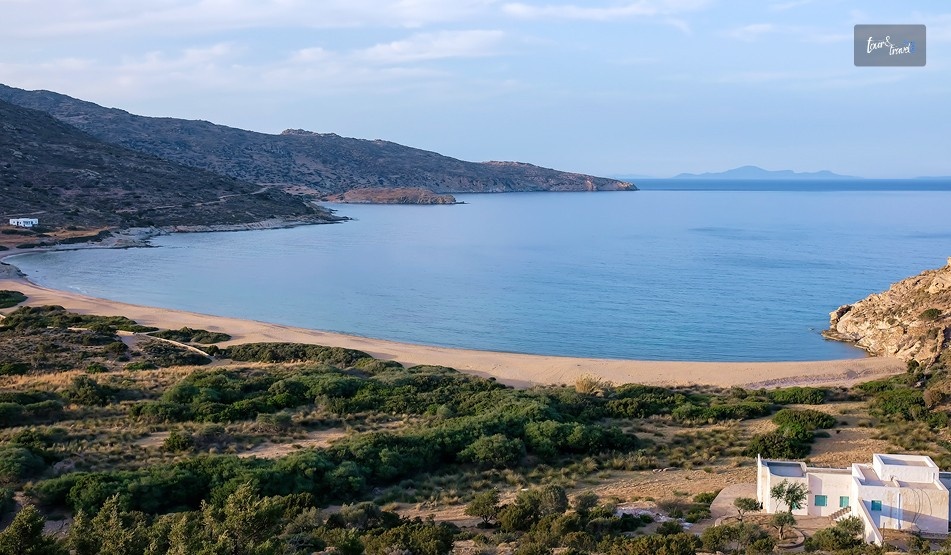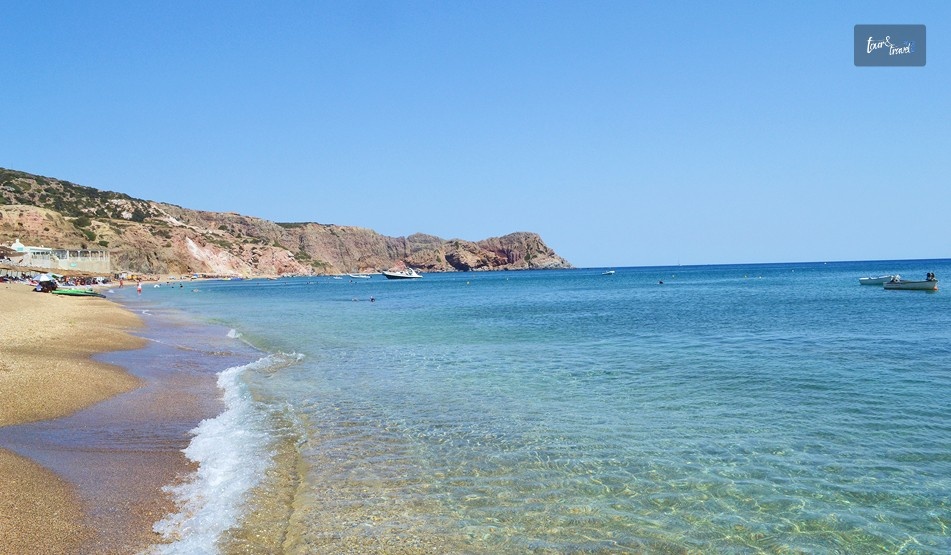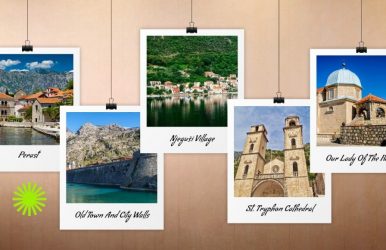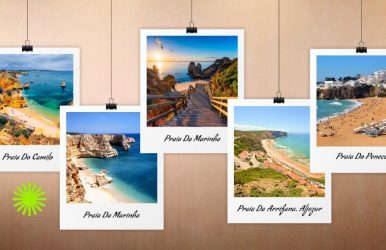A Kotor Montenegro Travel Itinerary For 3 Days: How To Travel Kotor Montenegro On A Budget?
BY Sibashree Nov 25, 2025
My trip to Kotor, Montenegro, is filled with memories of the cats, who are the guardians of the city, and the smell of dew-drenched leaves as I went for a sunrise hike. Also, along with being a hidden gem in the sustainable tourism scenario after a successful sustainability assessment by the Global Sustainable Tourism Council (GSTC), it has also emerged as the ultimate budget-friendly location of Montenegro. In this blog, I will discuss a 3-day travel itinerary for Kotor, Montenegro, including hidden gems and essential tips. Why Visit Kotor, Montenegro? The International Trade Administration has confirmed that the tourism sector in Montenegro contributes 30% to the country’s GDP. In addition, ReportLinker predicts that the number of visitors to Montenegro will reach 3.4 million by 2028. The same report anticipates that the tourism industry will reach a revenue of $95 million by 2028. A UNESCO World Heritage Site, With Great Food, Community, Beauty, And Historical Charm Kotor, a UNESCO World Heritage Site, is the crown jewel of tourism in Montenegro. The deep bay waters here resemble the Nordic fjords. On the other hand, the coastal cliffs create the perfect backdrop for the city, exuding a medieval charm. Now, Kotor and Montenegro as a country are planning to diversify their tourism portfolio, with a greater focus on cultural, ecotourism, and rural tourism. In addition, the budget-friendly hostels in Kotor are more than cheap accommodations. They are the base for developing a backpackers' community. Many of these hostels help you join pub crawls, hikes, local events, and more. As a result, Kotor, Montenegro, has become a favorite among backpackers, budget travelers, and solo travelers. In addition, the rugged beauty of the Dinaric Alps meets the calmness of the Adriatic Sea in Kotor, Montenegro. So, every nook of Kotor is ideal for a photo-op. Moreover, for me, exploring the maze of medieval lanes and the Venetian architecture was like time travel. Also, St. Tryphon’s Cathedral, dating back to the 12th century, stands as the eternal witness of human history in Kotor. Furthermore, the family-run taverns here serve the most delicious yet simple food at an affordable price. Try the savory pastries! What Is The Best Time To Visit Kotor Montenegro? July and August are the peak months for visiting Kotor, Montenegro. However, if you want to travel to Kotor, Montenegro, on a budget, you need to plan a trip between November and February. You will enjoy watersports and skiing in these months, and accommodations are available at a much more affordable price. How To Get To Kotor & Move Around On A Budget? The Tivat Airport, 7 km away, is the gateway for Kotor to the rest of the world. You can travel this 7 km distance by road. Other nearby airports to Kotor, Montenegro, are Dubrovnik Airport (Croatia, 44 km) and Podgorica Airport (40 km). In addition, Podgorica and Kotor get regular flights from countries such as Bosnia, Serbia, and Croatia. Once you reach Kotor, you can explore the city and its surroundings in a boat. Don’t miss Perast on the route, as this village has fewer than 300 people, and it stands out with amazing scenic beauty. Taxis, shuttles, and car rentals are other options if you want to explore Kotor by road. 3-Day Budget Itinerary For Kotor, Montenegro Here is a brief 3-day budget itinerary for Kotor, Montenegro. I will first share the days and activities, and then discuss why these attractions are special. DaysActivitiesDay 1 - Exploring Kotor Old Town• Wandering through cobblestone streets.• Visiting St. Tryphon Cathedral.• Climbing the City Walls for panoramic viewsInsider Tip: Visit the City Walls early for a discounted entry. Day 2 - Visiting Perast & Our Lady of the Rocks• Taking a local bus to Perast.• Boat ride to the iconic island church.• Enjoying budget-friendly seafood at a local konoba.Day 3 - Visiting Lovćen National Park & Njeguši Village• Hiking or taking a shared taxi to Lovćen.• Visiting Njeguši for a traditional prosciutto and cheese tasting. 1. Exploring Kotor Old Town And City Walls Here are some interesting and unknown facts about Kotor Old Town and City Walls. The Old Town's fortification system stretches 4.5 km. So, it is one of the longest fortification systems in Europe. It only follows the Great Wall of China. You have to climb 1350 steps to reach the San Giovanni Fortress. The entry fee is €8. However, you can also take the secret route via the old trade path outside the northern gate. It’s free. The Sea Gate Inscription above the main gate is a quote from Tito: “We don’t want others’, we don’t give our own”, commemorating liberation from Nazi occupation in 1944. Furthermore, the Pillar of Shame, hidden in a square, reminds us of a brutal activity in the city in the past. Criminals were tied to this pillar, and everyone used to throw stones and rotten food at them as a mark of punishment. 2. Visiting St. Tryphon Cathedral Built in 1166, the St. Tryphon Cathedral is even older than the Notre Dame Cathedral in Paris. It is one of the most ancient cathedrals on the Adriatic Coast. The cathedral has a 14th-century ciborium, which depicts the life of St. Tryphon. It is made of a red stone from Đurići. The goldsmiths of Kotor made the golden altarpiece of the cathedral in the 15th century. It has the figures of Christ, Virgin Mary, and 16 saints. A devastating earthquake struck Kotor in 1667. Then, the bell tower of the cathedral fell, and it could not be rebuilt fully. Thus, the current cathedral structure is shorter by 2 meters than the original one. In 2009, the St. Tryphon Cathedral got the status of a Papal Basilica. It is a rare honor for churches in the Balkan region. 3. Visiting Perast The 2-km-long main street of Perast was once a cultural hub during the days of the Venetian Republic. The bell tower of St. Nicholas Church was built at a cost of 50000 Ducats in the 18th century. It was an unbelievable amount in that era. Perast once stood as a reflection of the wealth in the Venetian Era. It had 16 palaces and 19 churches. 4. Knowing Our Lady Of The Rocks Rocks have piled up for centuries, and those rocks, along with sinking ships, have formed Our Lady of the Rocks, the only artificial island in the Adriatic Region. The Fašinada festival is a popular ritual here, with its history dating back to 1452. It is a tradition to celebrate the island's foundation. Every 22nd July, the people of the island gather in decorated boats and they throw stones into the sea, as a symbolic exercise. Furthermore, the Catholic church here has a tapestry made by Jacinta Kunić-Mijović. It was made using human hair, and Jacinta Kunić-Mijović made this tapestry while waiting 25 years for her fiancé to return from the sea. The church also has the Death of the Virgin. It is a masterpiece by Tripo Kokolja. In total, the church has 68 paintings from Tripo Kokolja. 5. Visiting Lovćen National Park The Njegoš Mausoleum at Jezerski Vrh is one of the main attractions of the Lovćen National Park. Located at an altitude of above 1,660 meters, it is allegedly the highest mausoleum in the world. 200,000 Gilded tiles cover the dome of the mausoleum, and 13-ton granite statues of Montenegrin women guard the entrance of the national park. Once you climb 461 steps and reach the top of the Mausoleum, you will enjoy panoramic views stretching toward Italy. 6. Exploring Njeguši Village It is the cradle of the royal Petrović-Njegoš dynasty of Montenegro. This family ruled over Montenegro from 1696 to 1918. Furthermore, it has the birthplace of Petar II Petrović Njegoš and many other 19th-century buildings. The birthplace of Petar II Petrović Njegoš is now a museum housing the first edition of his poem, Mountain Wreath, and original furniture. How Much Does A 3-day Trip To Kotor Cost On A Budget? Here is a detailed breakdown of the budget for a 3-day trip to Kotor, Montenegro. CategoryBudget Cost (EUR)DetailsAccommodation (Hostel)€15–€25 per night, meaning €45–€75 for 3 nightsHostel prices are even lower from November to FebruaryLocal Transportation€6–€12 total• Local buses (€1–2 per ride). • Short taxi/shared rides within the bay (€3–5). • Free walking inside Old Town.Airport Transfers€8–€15 each way, meaning €16-€30• Airport transfer from Tivat is the cheapest.• From Dubrovnik/Podgorica, it will be at least €20-€35. Food (Budget Travelers)€15-€25 per day. So, it will be €45 to €75 in total. Choose Konobas & bakeries: • Pastries (€1–2), • Seafood Meals (€7–10)• Wine/Beer (€2–3)Activities and Entry Fees€20–€35 total• City Walls (€8, discounted early)• St. Tryphon Cathedral (€3)• Perast boat (€5–10) • Lovćen shared taxi/hike (€5–10)Day Trip to Perast & Our Lady of the Rocks€7–€12• Bus to Perast (€1–2), boat (€5–10)Lovćen National Park Day TripFree–€10• Free if hiking; €5–10 for shared taxi. • Mausoleum entry ~€5.Miscellaneous (water, snacks, souvenirs)€10–€20• Refillable water recommendedCollect small souvenirs €3–5.Total Estimated Budget for 3 days €139–€239• This is a cost breakdown for budget travelers. However, the budget for mid-range and luxury travelers will be different. Day Trips & Hidden Gems Near Kotor Gornji Stoliv: It is a quiet coastal village. Vrmac Ridge: You will enjoy this scenic hike, and it is less crowded. Church of Our Lady of Health: This chapel has a serene ambiance, and because of its location on a hilltop, it is often overlooked by tourists. Vrmac Ridge: It is famous for the WWII bunkers, and it offers a beautiful panoramic view. Blue Cave: It is a natural wonder of Kotor, Montenegro, and this natural sea cave has the most beautiful sapphire light and glow. You can reach the cave only by boat. Secret Wine Bars: These secret wine bars are in the alleys of the Old Town. These places serve the best rakija and Montenegrin wines. Final Tips For Your Montenegro Getaway Kotor, Montenegro, gets busy in the summer season. Furthermore, early mornings are the busiest with the cruises docking in heavy numbers. Also, there are some tips about the weather and travel you need to keep in mind. Carry offline maps, as network connections may not always work. Keep cash and small coins ready, as card transactions may not be accepted in local shops. You must start hiking the steep route of the San Giovanni Fortress early in the morning to avoid the heat. Use local buses for transportation, as they cost only €1–2 per ride. Evenings are cool even in the summer season. So, you will have to pack layered clothes. Dress modestly in churches, avoid loud behavior in Old Town squares, and learn basic Montenegrin greetings like “Hvala.” meaning Thank you. Choose konobas or local taverns for breakfast, lunch, and dinner. They are way affordable than the posh restaurants in the Old Square. Kotor Montenegro Travel Itinerary For 3 Days: Frequently Asked Questions (FAQs) Here are the frequently asked questions and answers about the Kotor, Montenegro travel itinerary. 1. Is Kotor, Montenegro, Worth Visiting For 3 Days? Yes, three days are perfect to explore Kotor Old Town, Perast, Lovćen National Park, and enjoy hidden gems without rushing.The budget for your three-day travel in Kotor will be around €139–€239, and Kotor is safe for solo travelers if you follow the basic travel precautions. 2. Can I Visit Kotor On A Day Trip From Dubrovnik? Yes, you can visit Kotor on a day trip from Dubrovnik. However, if you want to at least try its best food and soak in the vibe of the Old Town, you must plan for an overnight stay. 3. Do I Need A Visa To Visit Montenegro? If you are from the USA or a country that is part of the European Union, you will not need a visa to visit Montenegro. If you are from any of these countries, you can enter Montenegro and stay there for 90 days without a visa. You must check the visa requirements of your country. 4. Are There Budget-Friendly Accommodations In Kotor? Yes, the guesthouses in Dobrota and hostels such as the Old Town Hostel Kotor are some of the most budget-friendly accommodations in Kotor, Montenegro. The hostel prices will be around 15-25 Euros per night. 5. What Are The Must-Try Local Foods In Kotor? Kotor is famous for its seafood, and you can have it at local taverns or konobas. Furthermore, if you are in Njeguši, you must try prosciutto, a dry-cured ham with a lot of flavors. Moreover, burek, or the savory pastry, is the highlight of the delicacies of Kotor. 6. Do I Need To Rent A Car In Kotor? No, you don’t need to rent a car in Kotor, Montenegro if you are a budget traveler. Local buses and shared taxis are easily available, and they are even suitable for day trips to Perast and Lovćen. Otherwise, you can take the boat rides, which are also quite affordable.

